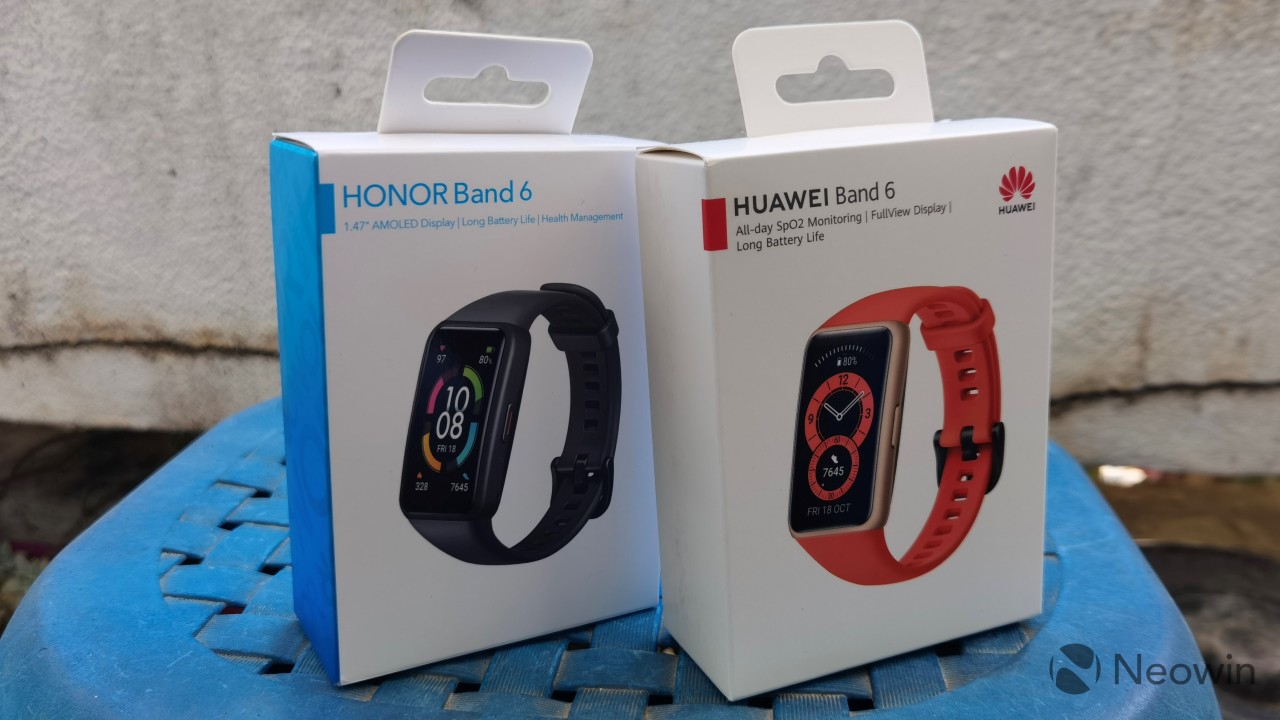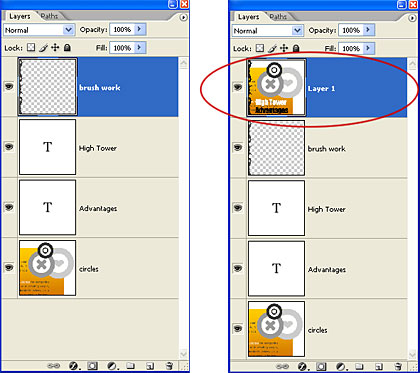In the digital age, tools like WhatsApp have proven invaluable for online learning. Its accessibility, user-friendly interface, and versatile features make it an excellent platform for educators and students to collaborate, communicate, and share resources effectively. Whether used as a primary teaching tool or a supplementary aid, WhatsApp is transforming how learning happens in the virtual space. Below, let’s explore how it can help educators and students with online learning.

Practical Ways to Use WhatsApp for Online Learning
From organizing discussions to sharing resources, here are some effective strategies for leveraging WhatsApp in an educational setting.
1. Creating Class Groups for Seamless Communication
WhatsApp groups serve as virtual classrooms where educators and students can communicate in real-time. Teachers can post announcements, reminders, and schedules, ensuring everyone stays informed. Students, in turn, can use the group to ask questions and seek clarification on assignments. This instant communication fosters a collaborative learning environment.
2. Sharing Study Materials and Multimedia Resources
WhatsApp supports a wide range of file formats, making it easy to share study materials like PDFs, PowerPoint presentations, and video lectures. Educators can also send images, voice notes, and links to online resources, catering to different learning styles. This accessibility ensures that all students can engage with the materials at their convenience.
3. Conducting Quizzes and Interactive Polls
Interactive tools like quizzes and polls keep students engaged and make learning more dynamic. Educators can use WhatsApp to share quick quizzes or create polls to gather opinions and test understanding of a topic. These activities promote active participation and help reinforce key concepts in a fun and interactive way.
4. Facilitating Peer-to-Peer Collaboration
WhatsApp allows students to collaborate effectively by creating smaller group chats for projects or study groups. These chats enable students to brainstorm, share ideas, and divide tasks, fostering teamwork and problem-solving skills. Teachers can oversee these groups to provide guidance and ensure progress.
5. Using Voice and Video Calls for Real-Time Interaction
Voice and video call features enable real-time interaction between educators and students, bridging the gap in online learning. Teachers can conduct one-on-one sessions, virtual office hours, or even small group discussions to address individual needs. This personal interaction enhances understanding and builds stronger teacher-student relationships.
6. Providing Instant Feedback and Support
Timely feedback is crucial for effective learning, and WhatsApp makes it easy for educators to provide personalized feedback on assignments and activities. Students can also use the platform to share drafts and receive corrections quickly. This instant support keeps the learning process dynamic and ensures continuous improvement.
7. Encouraging Continuous Learning Through Notifications
Educators can use WhatsApp to send reminders about deadlines, upcoming exams, or suggested reading materials. These notifications keep students on track and encourage consistent engagement with their coursework. WhatsApp’s broadcast feature is particularly useful for sending messages to multiple recipients without creating a group, ensuring privacy while maintaining efficiency.

8. Bridging Connectivity Gaps
For students in areas with limited access to learning platforms, WhatsApp offers a reliable solution. Its low data consumption and compatibility with various devices make it accessible to learners from diverse backgrounds. So can huawei use whatsapp? Sure, Huawei users can also search for and download WhatsApp from Huawei AppGallery to support an efficient and smooth experience across different devices.
Conclusion
WhatsApp has become a versatile tool for online learning, offering solutions for communication, collaboration, and resource sharing. By creating class groups, sharing study materials, and utilizing interactive features, educators can foster a dynamic and inclusive learning environment. For students, WhatsApp simplifies access to information and peer collaboration, making learning more engaging. With thoughtful integration, this everyday app can transform the way educators and students connect and succeed in the online learning space.







